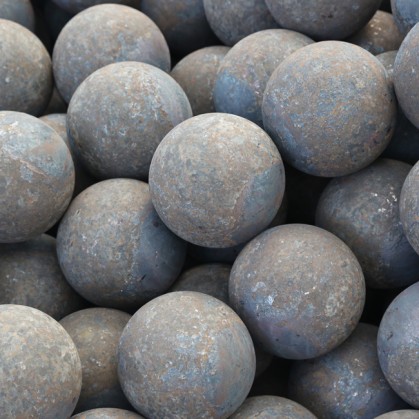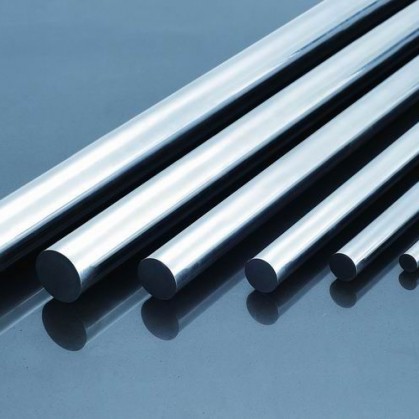Forged Steel Ball & Grinding Rod: Key Tools for Milling
Views: 298 Update Date:Dec 15 , 2024
Industrial milling processes are integral to industries such as mining, cement production, and chemical manufacturing. Two key components in these operations are the Forged Steel Ball and the Grinding Rod, which ensure optimal performance in grinding and milling. Here’s an overview of their roles and benefits.
What Are Forged Steel Balls and Grinding Rods?
Forged steel balls and grinding rods are essential grinding media used in milling machines. While forged steel balls are spherical and ideal for fine grinding in ball mills, grinding rods are cylindrical and used in rod mills for coarser grinding. Both are engineered for durability and high performance.
Benefits of Forged Steel Balls
Forged steel balls are known for their:-High Hardness: Ensures durability and reduces wear.
-Impact Resistance: Can withstand heavy impacts during milling.
-Consistent Performance: Promotes uniform grinding and enhances process efficiency.
-Customizability: Available in various sizes to suit specific needs.

Advantages of Grinding Rods
Grinding rods offer unique benefits for specific milling tasks:-Coarser Grinding: Ideal for applications requiring less fine material.
-Reduced Abrasion: Minimizes wear and tear, extending service life.
-Efficient Mill Operations: Contributes to smoother milling processes.

Forged Steel Ball & Grinding Rod Applications in Industry
Both forged steel balls and grinding rods are indispensable in:-Mining: Grinding ores for mineral extraction.
-Cement Production: Crushing raw materials and clinker for uniform quality.
-Chemical Manufacturing: Reducing particle size for desired reactivity.
Maintenance Tips for Grinding Media
To get the most out of your grinding media:-Inspect Regularly: Monitor for wear and damage.
-Replace as Needed: Timely replacement ensures efficiency.
-Store Properly: Protect against rust and degradation.





